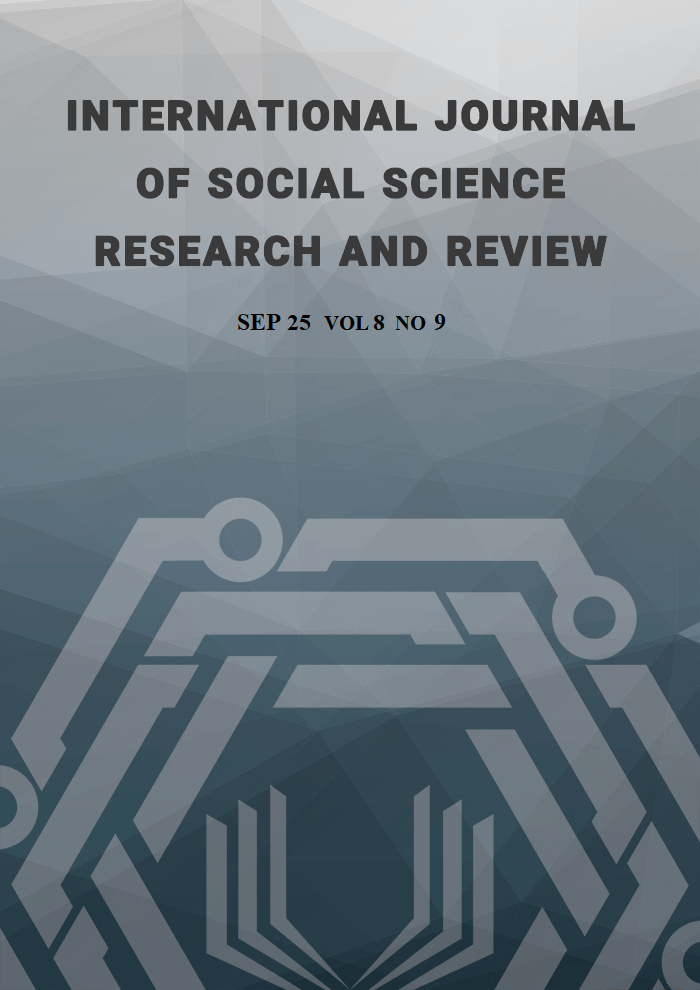Perceived Cognitive Load in Learning Contexts: A Likert Scale Questionnaire-Based Study
Abstract
This study elaborate the cognitive load felt by 100 respondents towards learning materials or tasks, using a 12-question questionnaire with a Likert scale of 1-7. The questionnaire items were grouped into three dimensions based on Cognitive Load Theory (CLT): Intrinsic Load, Extraneous Load, and Germane Load. The results of descriptive statistical analysis showed Intrinsic Load (mean 4.82) and Germane Load (mean 5.24) were at a high level, indicating the inherent complexity of the material and significant productive cognitive effort of the respondents. In contrast, Extraneous Load (mean 3.61) was low; although the item related to "confusing instructions" (mean 4.90) highlighted an area for improvement. Reliability analysis (Cornbrash’s Alpha) showed good consistency for Intrinsic Load (α = 0.75) and Germane Load (α = 0.82), and moderate consistency for Extraneous Load (α = 0.68). These findings imply the need for instructional strategies that manage the intrinsic complexity of the material (e.g., chunking) while maintaining and reinforcing deep processing efforts, as well as critically improving the clarity of instructions to reduce unnecessary extraneous load.
References
Hair, J. F., Black, W. C., Babin, B. J., & Anderson, R. E. (2010). Multivariate data analysis (7th ed.). Pearson Prentice Hall.
Kalyuga, S. (2007). Expertise reversal effect and its implications for instructional design. Educational Psychology Review, 19(4), 509-539.
Moreno, R., Reiser, B. J., & Merrill, D. C. (2000). Cognitive load and learning from multimedia instruction: The role of prior knowledge. Journal of Learning Sciences, 9(4), 481-502.
Paas, F. G. W. C., & Van Merriënboer, J. J. G. (1994). Variability of worked examples and transfer of mathematical knowledge: Effects on acquisition and retention. Journal of Educational Psychology, 86(1), 122–133.
Sweller, J. (1988). Cognitive load theory. Australian Journal of Education, 32(3), 295–301.
Sweller, J. (1999). Instructional design in technical areas. Camberwell, Victoria: Australian Council for Educational Research.
Sweller, J. (2010).1 Element interactivity and intrinsic, extraneous, and germane cognitive load. Educational Psychology Review, 22(2), 123-138.
Copyright (c) 2025 Yetursance Y. Zahratul Manafe, Louis F. Boesday, Abdi Kurniawan Radja

This work is licensed under a Creative Commons Attribution-NonCommercial-NoDerivatives 4.0 International License.
Copyright for this article is retained by the author(s), with first publication rights granted to the journal. This is an open-access article distributed under the terms and conditions of the Creative Commons Attribution license (https://creativecommons.org/licenses/by-nc-nd/4.0/).





